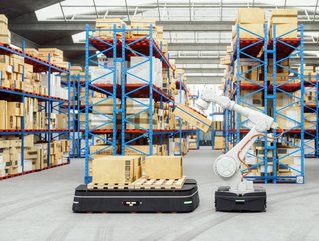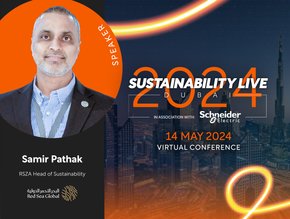How businesses can contribute to hitting SDG 9 targets

Goal 9 of the Sustainable Development Goals (SDG 9) attempts to address the need to build resilient infrastructure, promote sustainable industrialisation, and drive innovation. In a prior piece here we explored this goal.
Now, we have a brief guide on how to pursue hitting it through your own industry and company.
Industry, infrastructure, and innovation are important determinants of economic growth and the formation of social value. Sustainable industrialisation has the potential to lift communities out of poverty, but it must be meticulously managed to avoid putting additional strain on people and the environment.
Quality and dependable infrastructure are critical to industrialisation and, more generally, economic prosperity. Without it, communities and businesses continue to be denied access to markets, high-quality goods and services, and job opportunities.
In addition, large corporations add value to SDG 9 by influencing both their own and others' practices. Internally, they promote intrapreneurship and ethical leadership to implement a corporate culture that encourages innovation and commercial activities while putting inclusion and sustainability first.
By fixating on transferring technologies and skills to construct internal capacity, they can endorse integrated and equitable reform of industries in developing countries via global value chains.
Meanwhile, by facilitating access to finance, encouraging entrepreneurship, and pooling financial and research resources in a global knowledge base, top businesses can develop innovation systems for sustainable development. They can also lead the way in enhancing and repurposing infrastructure and industry resources across their own and supply chain operations to ensure their sustainability and resilience.
Examples of impactful actions for corporations to implement
As recommended by the United Nations Global Compact and the World Business Council for Sustainable Development, the examples below are non-exhaustive and some may be more relevant to certain industries than others.
- In developing countries, invest in new, resilient infrastructure or remodel current infrastructure to make it more sustainable.
- Extend the geographical scope of R&D facilities, bringing R&D capabilities to developing countries.
- Encourage innovation by providing opportunities for all stakeholders to offer innovative solutions to sustainability challenges. Examine the brilliant points further and award the best.
- Discuss with and include internal and external stakeholders, including minority groups, to ensure that infrastructure investment benefits and offers opportunities for everyone.
- Set standards and promote regulation to ensure that company projects and initiatives are managed in a sustainable manner.
- Work collaboratively with NGOs and the public sector to promote long-term growth in developing countries.






